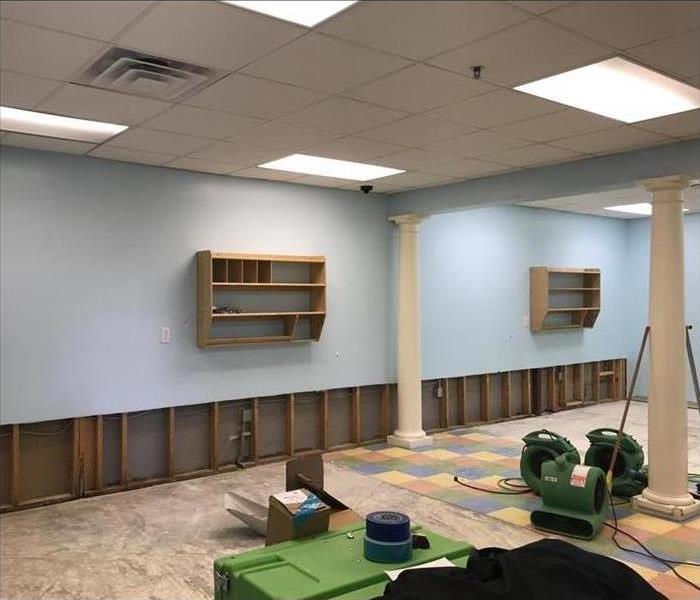What To Do When a Sewage Backup Happens at Home
12/28/2021 (Permalink)
Steps For Managing Sewer Damage
There are certain things homeowners in Ridgeview Park, GA, fear, and one of the most formidable is dealing with a sewer backup. What homeowners may not realize is that sewer issues can mean more than just the inconvenience of a flooded toilet or an unusable kitchen sink. The presence of potentially contaminated water within your home poses a serious health threat. Sewer cleanup should always be handled carefully and swiftly. Here are three steps for managing sewer damage.
1. Treat Sewer Problems As an Emergency
Coming into contact with any form of sewage can be dangerous, and you should assume that all water is contaminated, even if it appears clean. In the event that sewage enters your living space, time is of the essence. It is important to begin the sewer cleanup process immediately.
2. Disinfect and Dry
Disinfecting and drying are essential to restoring safe living conditions. Begin by getting rid of all solid and liquid waste. Be sure to remove and clean any wet carpeting or fabric. Afterward, sanitize and dry the affected area. Experts can help provide a more thorough cleaning by using advanced technology to detect water that may not be readily visible.
3. Repair Any Damage
Once the space is clean and dry, replace any damaged materials such as flooring or wallboard. Always repair saturated or decaying building materials after a flooding incident in order to avoid mold or other contaminants.
Dealing with water damage is never fun, but if attended to promptly, sewer cleanup can be done safely and effectively. When a sewage disaster strikes, it is crucial not to delay. Whether it is the middle of the night or a holiday morning, water damage restoration specialists are available 24/7, year-round to help you restore the cleanliness and comfort of your home.




 24/7 Emergency Service
24/7 Emergency Service
